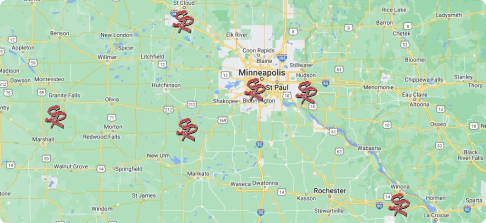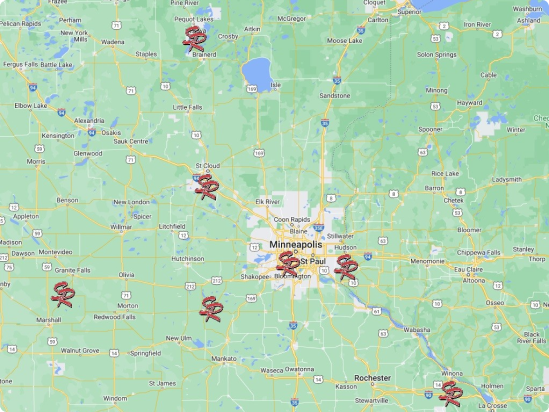As temperatures rise, snow and ice melt, and we enter the rainy season, leaks become more common in homes across the Midwest. While roof leaks and basement leaks are the most common, some homeowners find themselves the unfortunate victims of siding leaks. These leaks can be hard to diagnose because to do so, siding or interior walls must be removed. But finding the source of the leak and fixing the underlying issue is essential. When leaks are left to persist, further damage can be done. Mold can grow, materials can rot, and repair bills can add up.
In the worst-case scenario, siding replacement is necessary, but it’s a home renovation that is worth it in the long run.
The Signs of Siding Leaks
- Stains or discoloration on your interior walls
- Condensation buildup on your interior walls
- A musty smell in your home (this is a sign of mold growth)
- Peeling or damaged paint or wallpaper
- Streaks on your siding
- Drooping or buckling siding
What are the most common causes of siding leaks in a home?
Improper Installation
If your siding is new, it was likely installed improperly. You should not be seeing signs of leaks so close to a recent installation job. If you do, contact the company that put the siding in immediately to have them take a look at it.
If your siding is older, these are the most likely causes.
Gutter Issues
Water can stream down the side of your home if your gutters are not properly diverting it. While most types of siding materials are designed to repel water, they can only do so much. If they are exposed to too much water, they will let some through. When water gets between your home and its siding, trouble begins.
Make sure that your gutters are properly sized and installed, are not clogged, and are working properly. If there is something wrong with them, invest in gutter replacement.
Older Siding
As siding ages, the materials weaken, as do their seams and seals. This allows water to penetrate them little by little over time, and it only gets worse as your siding gets older. Most types of siding will only last up to two decades. If it is older than that, it’s in your best interest to work with a reliable company to replace it before leaks and other issues begin to occur.
Leaky Windows or Roof
Water can get behind your siding by penetrating vulnerable points on your roof and windows, even if your siding is new. Sometimes, the issues come from old windows, faulty seams, roof leaks, and other exterior elements. That’s why it’s always important to ensure your home is in tip-top shape all year long. You never know when heavy rain or snow will threaten to create damage.


